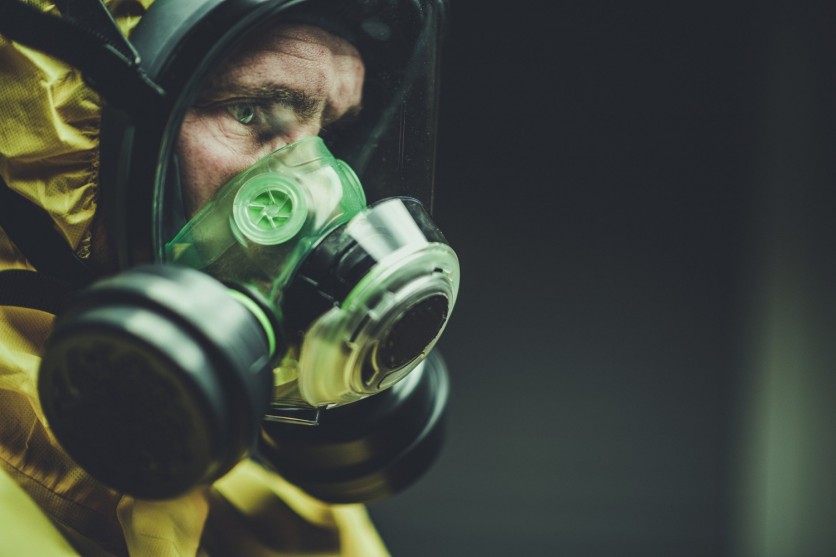Scientists at MIT have invented a new device that they hope could assist screen COVID-19 sufferers who're quarantined at home.

The machine, a box-like tool that resembles a WiFi router called Emerald, was developed by using MIT's CSAIL and can screen one's breathing in addition to their moves and their sleep patterns.
How does it work?
MIT's Emerald is a wireless technology that catches motion and COVID-19 patients in real-time and regardless of obstruction. Emerald uses wireless signals that MIT says supply off 1,000 times much less radiation than a typical cell phone.
"No cell phone, no pendant, no sensor. It's purely based on wireless signals that reflect off our bodies and come back to the device," Professor Dina Katabi, who is leading the project, told CBS News.
Coronavirus patient's biometric information can be received from different sources or ways, such as a wearable heart rate monitor on his or her wrist. Still, MIT notes that their tool is much less of a problem.
While those biometric facts will be collected by a wearable attached to a coronavirus patient's wrist, MIT told TechCrunch the device requires no interaction on the patient's part after the initial set up.
"When doctors have to interact directly with patients to conduct exams or monitor vital signs, each step along the way represents an increased risk that they will get infected," says Vahia, an assistant professor of psychiatry at Harvard Medical School.
MIT claims the invention is accurate and sensitive. Emerald, according to the scientists, can distinguish between various users, and reveal coronavirus patient's erratic breathing. The movement data also help in determining whether the COVID-19 patient has other complications that render the person's illness.
"[Obtaning] breathing and heart rate in a cluttered environment with people around, that was like, an 'aha' moment for us. Wow, it is that sensitive," Katabi said.
What does this imply to the current pandemic?
Vahia said this device could minimize the risk doctors and nurses get from catching the disease from their patients while collecting health data.
The device is already being tested in the Heritage Assisted Living in the Boston suburb of Framingham. The patient's consent has beamed patient data to Emerald's team remotely.
The patient's initial breathing rate, according to MIT, had gone down from 23 to 18 breaths per minute - closer to their baseline and also showed that improved sleep quality.
The tool also recorded an accelerated ability to walk quickly as they recovered. Among other things, the device may want to help more high-risk patients who need care even after recovering.
First responders would also gain a great deal in knowing where people are in other life-threatening situations. And that's merely scratching the floor of Emerald's capability.
Researchers hope this could better protect seniors liable to falling. Adult falls, according to CDC, sends approximately three million senior Americans to hospitals for treating such injury every year.
"When [the sensor detected someone falling], it sends an SMS message to the health workers," Katabi said.
Facility's mental health chief William McGrory told TechCrunch elderly patients would greatly benefit from MIT's Emerald on gathering medical data overtime when it is not possible to interact with each person directly.
![Apple Watch Series 10 [GPS 42mm]](https://d.techtimes.com/en/full/453899/apple-watch-series-10-gps-42mm.jpg?w=184&h=103&f=9fb3c2ea2db928c663d1d2eadbcb3e52)



